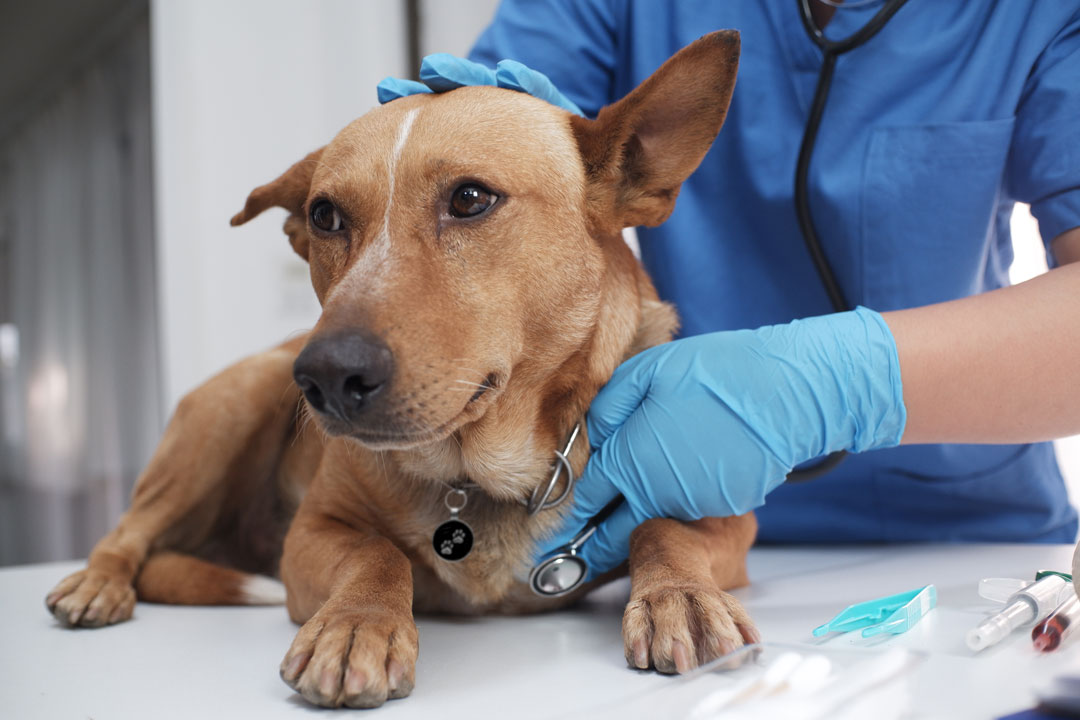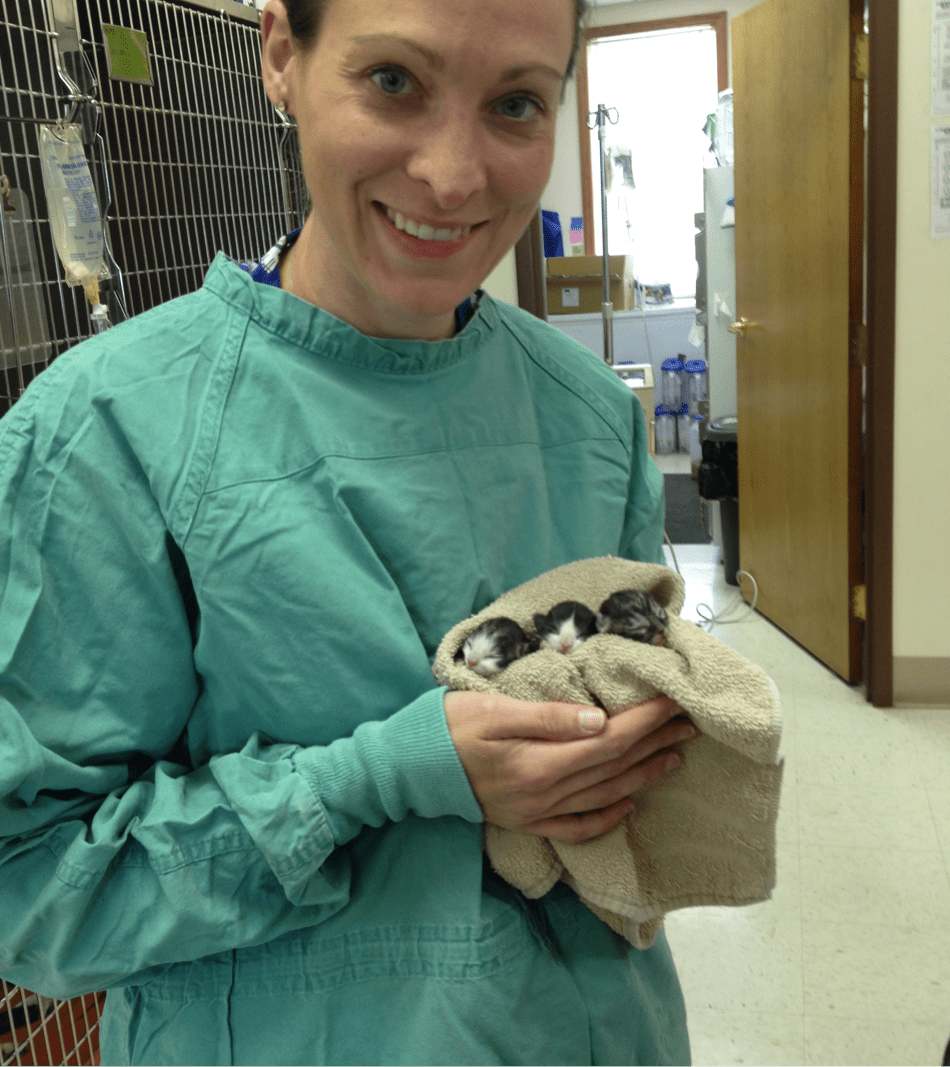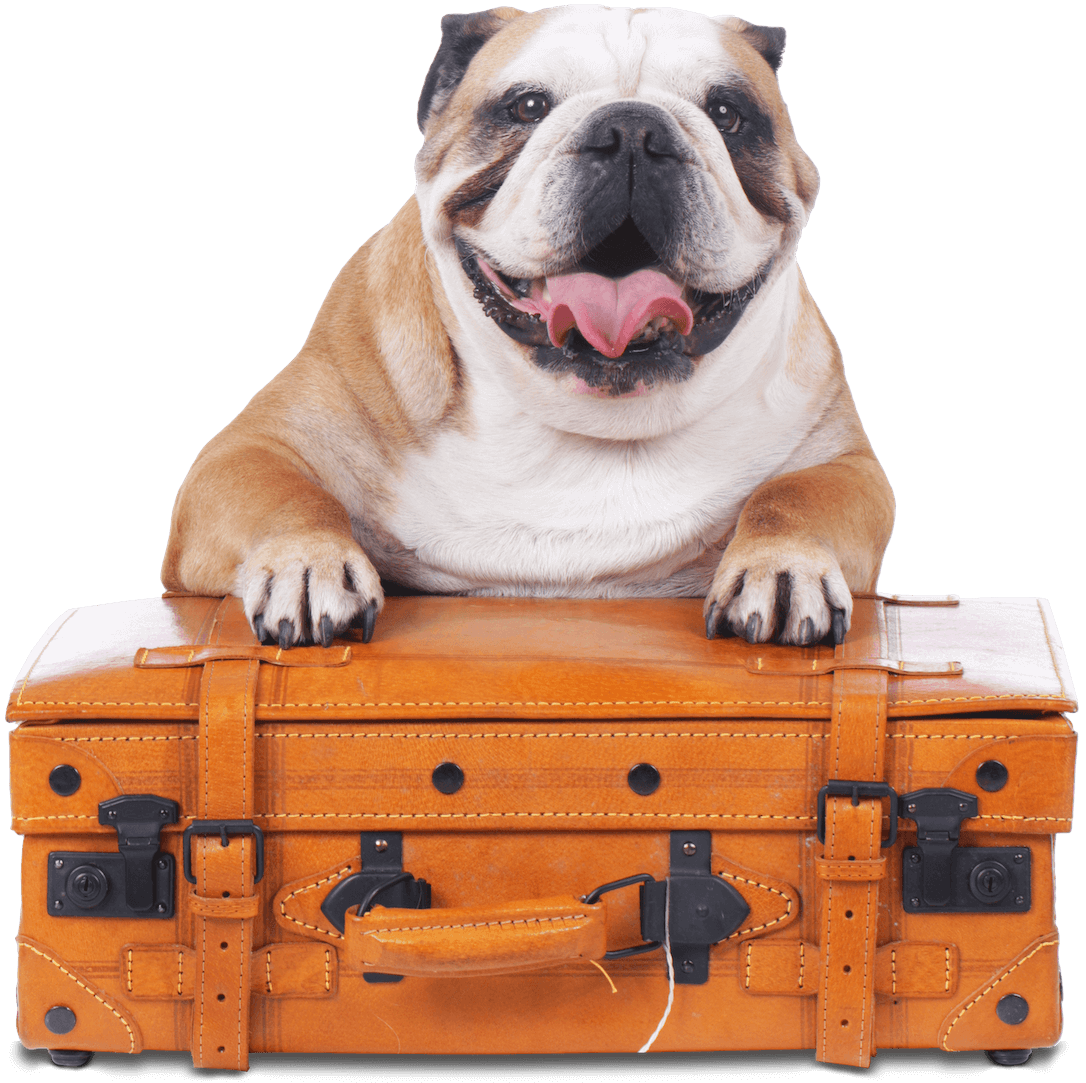
As pet owners, ensuring the health and well-being of our furry friends is a top priority. Among the various health concerns that can affect our canine companions, Lyme disease remains a prevalent threat, especially during warmer months. Proactive measures, such as using monthly parasite prevention and thorough tick checks, are essential to protect your pet. In this blog, we’ll review the importance of preventative measures and highlight key signs of Lyme disease in dogs, along with a brief overview of treatment options.
Before digging into the details of Lyme disease, it’s crucial to emphasize the significance of monthly parasite prevention and routine tick checks. These preventative measures are the first line of defense against tick-borne diseases like Lyme. Monthly parasite preventatives, prescribed by your veterinarian, not only protect your dog from ticks but also guard against other harmful parasites. If your pet lives or visits an area that is heavily burdened with ticks discuss products carefully with your veterinarian. Not all preventions are created equally, some protect against only one species of ticks and others up to five species. Additionally, routine tick checks after outdoor activities can help identify and remove any potential threats before they transmit diseases. Ticks must be attached to your pet for approximately 36 hours before they transmit disease.
Lyme disease is caused by the bacterium Borrelia burgdorferi, transmitted through the bite of infected ticks. Identifying the signs of Lyme disease early on is crucial for prompt intervention. Here are five clinical signs that may indicate your dog is suffering from Lyme disease:
Lameness and Joint Pain:
Dogs affected by Lyme disease often experience lameness, which can shift from one leg to another. Joint pain may manifest as stiffness, reluctance to move, or a noticeable change in gait. This is due to the inflammatory response triggered by the bacterium in the joints.
Fever and Lethargy:
Lyme disease can induce fever in dogs, accompanied by lethargy and a general sense of malaise. If your pet appears unusually tired or unwilling to engage in their usual activities, it could be a red flag.
Loss of Appetite:
Infected dogs may exhibit a decreased appetite or even refuse to eat altogether. This loss of interest in food can contribute to weight loss and nutritional deficiencies if left untreated.
Swollen Lymph Nodes:
Swollen lymph nodes may be palpable around the neck, shoulders, and other areas of the body. This is a result of the body’s immune response to the bacterial infection.
Polydipsia (Increased Thirst) and Polyuria (Increased Urination):
Lyme disease can sometimes affect the kidneys, leading to increased thirst and urination. Monitoring changes in your dog’s water consumption and bathroom habits is crucial for early detection.
What To Do If You Suspect Your Dog May Have Lyme Disease
If you suspect your dog may have Lyme disease, prompt veterinary intervention is imperative. Your veterinarian will conduct a thorough examination, including blood and urine tests, to confirm the diagnosis. Treatment typically involves a course of antibiotics, such as doxycycline to target and eliminate the bacteria causing the infection.
In most cases, when diagnosed and treated early, dogs with Lyme disease can recover fully. However, it’s essential to follow the prescribed treatment plan diligently and attend follow-up appointments to ensure the infection has been successfully eradicated.
While treatment is available, prevention remains the cornerstone of canine health. Incorporating monthly parasite preventatives into your pet care routine and conducting regular tick checks are simple yet effective measures to protect your furry friend from Lyme disease and other tick-borne illnesses.
As responsible pet owners, our commitment to the well-being of our canine companions extends beyond providing love and care. Taking proactive steps, such as monthly parasite prevention and tick checks, can significantly reduce the risk of Lyme disease. By staying vigilant and recognizing the clinical signs early on, we empower ourselves to act swiftly and ensure our pets lead happy, healthy lives free from the burdens of tick-borne diseases.


 Barks & Recreation is proud to feature Dr. Eileen Savier CVA, CVCH as our Veterinary Blogger in our “From the Vet” Series — offering information related to the health and welfare of your furry family members! Currently part of the team of doctors at Keystone Veterinary Clinic, Dr. Savier is a 2012 Graduate of the Ross University School of Veterinary Medicine, She completed her clinical experience at The Ohio State University and after veterinary school she pursued further education and certification in Veterinary Acupuncture, Chinese Herbal Medicine, and Fear Free veterinary visits. Dr. Savier has a special interest in integrative medicine, animal behavior, and internal medicine and is committed to improving animal health care by integrating Eastern and Western philosophies. She enjoys working with fearful & aggressive dogs and cats and she has had additional training in low stress handling techniques and encourages positive reinforcement during exams and procedures. Her clinical interests include pain management, animal behavior, geriatric patient care, and internal medicine.
Barks & Recreation is proud to feature Dr. Eileen Savier CVA, CVCH as our Veterinary Blogger in our “From the Vet” Series — offering information related to the health and welfare of your furry family members! Currently part of the team of doctors at Keystone Veterinary Clinic, Dr. Savier is a 2012 Graduate of the Ross University School of Veterinary Medicine, She completed her clinical experience at The Ohio State University and after veterinary school she pursued further education and certification in Veterinary Acupuncture, Chinese Herbal Medicine, and Fear Free veterinary visits. Dr. Savier has a special interest in integrative medicine, animal behavior, and internal medicine and is committed to improving animal health care by integrating Eastern and Western philosophies. She enjoys working with fearful & aggressive dogs and cats and she has had additional training in low stress handling techniques and encourages positive reinforcement during exams and procedures. Her clinical interests include pain management, animal behavior, geriatric patient care, and internal medicine. Dr. Savier shares her home with two (soon to be three) dogs, two cats, and a toddler. She lovingly refers to her two dogs as Coconut Retrievers as they were rescue dogs she brought home from the island of St. Kitts. In her free time she enjoys spending time with her family, going to the beach, and planning her next Disney vacation.
Dr. Savier shares her home with two (soon to be three) dogs, two cats, and a toddler. She lovingly refers to her two dogs as Coconut Retrievers as they were rescue dogs she brought home from the island of St. Kitts. In her free time she enjoys spending time with her family, going to the beach, and planning her next Disney vacation.




